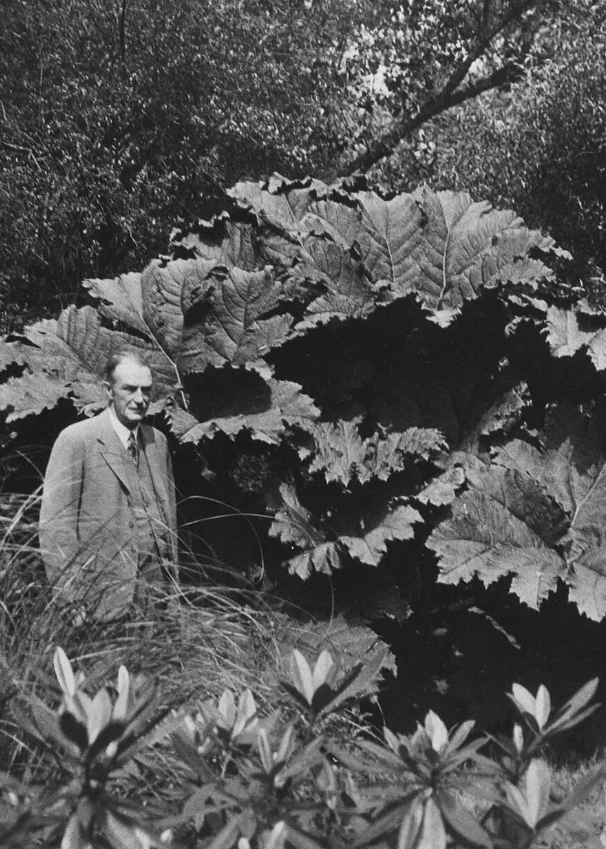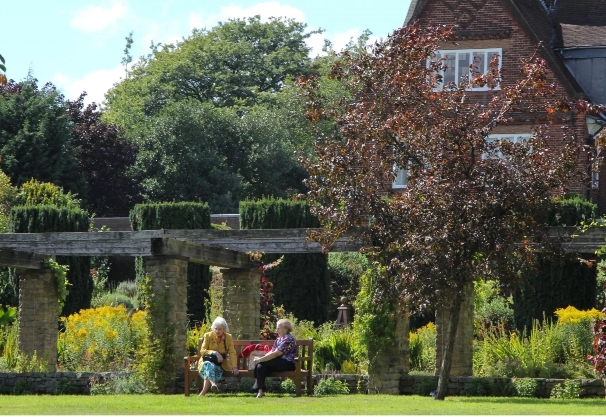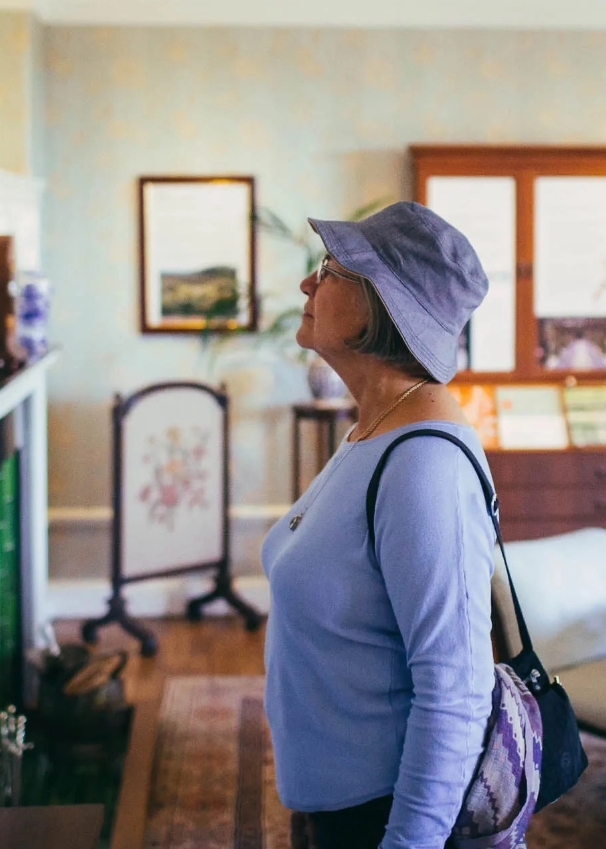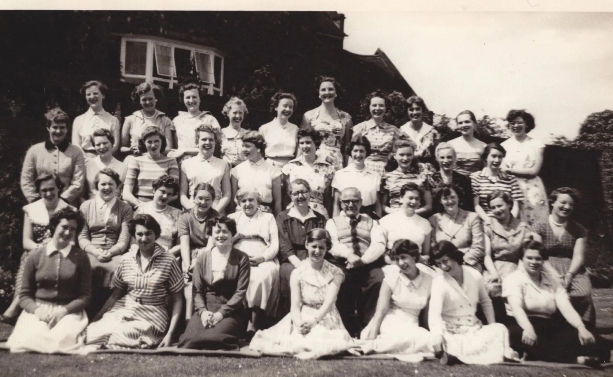
The University of Birmingham
The University of Birmingham Winterbourne has always had a close connection to the University of Birmingham, via the original owners John and Margaret Nettlefold. Margaret was from the prominent Chamberlain family, cousin of Prime Minister Neville Chamberlain and niece of Joseph Chamberlain.
It was Joseph Chamberlain who founded the University of Birmingham in 1900: the first civic university in the UK, which welcomed students from all religions and backgrounds. This pioneering institution was the first campus university in the country, the first to incorporate a medical school, and the first to create a student hall of residence for women. Joseph Chamberlain is affectionately remembered by current students via the nickname of the clock tower at the centre of campus, ‘Old Joe’.
Winterbourne was bequeathed to the University of Birmingham by its final private owner, John Nicolson. A keen gardener, when he died in 1944 he left instructions that the gardens were to be preserved.
When the university first took possession, Winterbourne’s gardens were used for research by the School of Botany, and as a place for students to relax and study. The house, meanwhile, provided lodging for female students into the 1960s.
Eventually the rooms became impractical for residential use, and the house was used as office space, housing first the Business School, then the Extramural Department which offered courses to members of the local community. In the late 2000s, the university made the decision to embrace Winterbourne’s potential, and to restore the house to its former glory.
The restoration of the house and the redevelopment of the gardens were all funded by the University of Birmingham, to create the stunning museum and botanical gardens you see today. The house opened to the public in 2010. All income from admission tickets, and sales in the shop and tea room, goes back into the continuing redevelopment of Winterbourne.

John Macdonald Nicolson with Gunnera, 1930s

The Pergola, photograph by Alice Whitehouse

Visitor admiring William Morris wallpaper

Students at hall of residence with Bridget and Joe Stacey
Today, Winterbourne’s close relationship with the University of Birmingham has benefits for all.
John Nicolson’s stunning garden has been preserved as he hoped, while remaining a living, growing entity. As the University Botanic Garden, the gardens are always evolving to serve students, with spaces for research discreetly developed within the existing design. With free entry to both the house and garden for all students and staff of the university, it remains a peaceful haven to study and relax.
However, in the fine tradition of Joseph Chamberlain’s pioneering university, Winterbourne is not available only to a select few. Like the university’s other cultural treasures, the Barber Institute of Fine Arts and the Lapworth Museum of Geology, the house and garden are open to the public, and offer delight to a whole community.